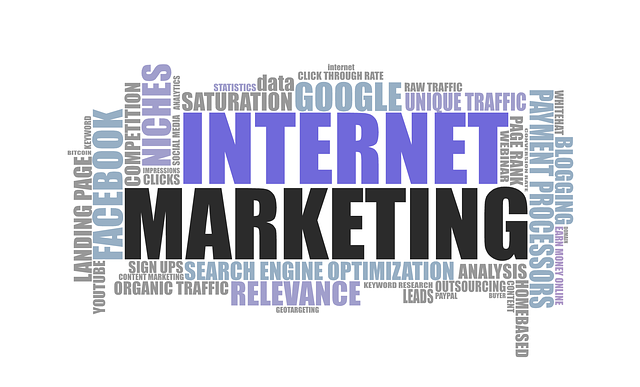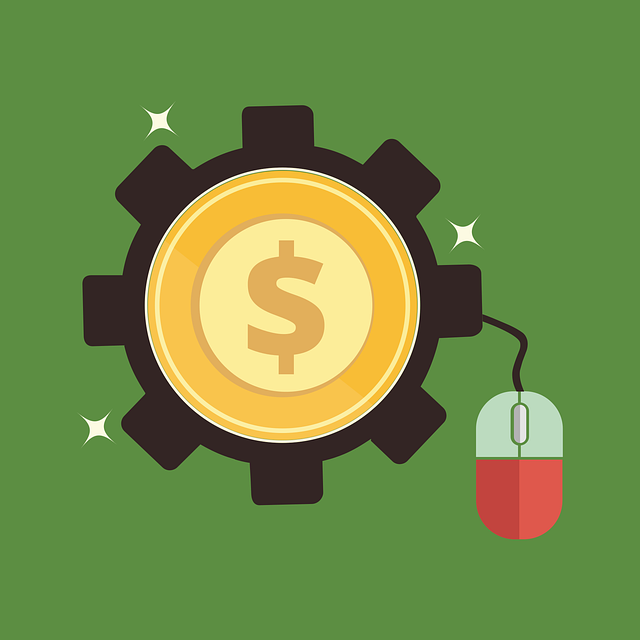Working capital loans are short-term financing options for day-to-day business operations, requiring a thorough loan cost analysis before applying. This analysis involves evaluating interest rates, fees, and repayment terms to align financing with cash flow needs while minimizing costs. Businesses should assess their history, credit score, collateral, and industry performance to ensure eligibility and enhance approval chances. A robust business plan and financial statements demonstrate viability. Comparing Annual Percentage Rates (APRs) and hidden fees from various lenders is crucial to select the best loan tailored to your budget. Reviewing all loan agreements meticulously prevents surprises and ensures favorable conditions.
“Uncover the secrets to securing working capital loans, a powerful tool for fueling your business growth. This comprehensive guide navigates you through every step of the process, from grasping the essence of these loans to finalizing the agreement.
We demystify eligibility criteria and emphasize the significance of loan cost analysis, where we delve into calculating interest rates and fees. By following these structured steps—including gathering essential documents—you’ll ensure a seamless application, setting the stage for a strategic financial boost.”
- Understanding Working Capital Loans: Definition and Purpose
- Assessing Your Business Needs and Eligibility
- Conducting a Loan Cost Analysis: Calculating Interest Rates and Fees
- Gathering Required Documentation for a Smooth Application Process
- Choosing the Right Lender and Finalizing the Loan Agreement
Understanding Working Capital Loans: Definition and Purpose

Working capital loans are short-term financing options designed to support a business’s day-to-day operations and cash flow management. These loans are intended to bridge any gaps between income and expenses, ensuring businesses have the funds they need to maintain their daily activities, such as paying employees, covering overhead costs, and purchasing inventory. By providing working capital, these loans help businesses avoid financial strain and potential disruptions in their operations.
Understanding the purpose of a working capital loan is crucial for conducting a comprehensive loan cost analysis. This involves evaluating various factors like interest rates, repayment terms, and fees associated with the loan. Businesses should aim to secure financing that aligns with their cash flow needs while minimizing overall loan costs. Effective cost management ensures the sustainability of operations and maximizes the return on investment for any borrowed funds.
Assessing Your Business Needs and Eligibility

Before applying for a working capital loan, it’s crucial to assess your business needs and eligibility. Start by conducting a thorough loan cost analysis to understand the financial implications. Evaluate your current cash flow, projected expenses, and revenue streams to determine how much funding you require and what the associated costs will be. This step is essential as it helps you identify affordable loan options that align with your business’s short-term and long-term goals.
Check your eligibility criteria carefully. Lenders typically consider factors such as your business’s history, credit score, collateral availability, and industry performance. Ensure your business meets these requirements to increase your chances of approval. A strong business plan and financial statements will also be helpful in demonstrating the viability of your operation and its ability to repay the loan promptly.
Conducting a Loan Cost Analysis: Calculating Interest Rates and Fees

When considering a working capital loan, a thorough loan cost analysis is essential. This involves breaking down all associated costs, including interest rates and fees, to ensure you fully understand the financial commitment. Start by examining the annual percentage rate (APR), which reflects the total cost of borrowing expressed as a yearly rate. Compare APRs from different lenders, keeping in mind that lower rates can significantly reduce your overall expenses.
Next, assess any additional fees such as origination charges, processing fees, and prepayment penalties. These hidden costs can add up, so be sure to request detailed fee breakdowns from potential lenders. Understanding these charges allows you to make informed decisions and choose a loan with terms that align with your budget.
Gathering Required Documentation for a Smooth Application Process

Before applying for a working capital loan, it’s crucial to gather all the necessary documentation. This preparation will streamline your application process and increase your chances of approval. Lenders typically require financial statements, including income tax returns, balance sheets, and cash flow projections. These documents provide insights into your business’s financial health and future prospects.
Additionally, a comprehensive loan cost analysis is essential. This involves understanding the fees, interest rates, and repayment terms associated with the loan. By reviewing these aspects carefully, you can make an informed decision and choose a financing option that aligns with your business needs and budget constraints.
Choosing the Right Lender and Finalizing the Loan Agreement

When choosing a lender, conduct a thorough loan cost analysis to compare interest rates, fees, and terms offered by different financial institutions. Consider their reputation, customer reviews, and specializations in working capital loans. Opting for a reputable lender with experience in your industry ensures a smoother process and potentially better conditions.
Before finalizing the loan agreement, thoroughly review all the terms and conditions. Understand the interest calculation method, repayment schedule, collateral requirements, and any additional fees or penalties. Ask questions to clarify any ambiguous points and ensure you have a comprehensive grasp of your financial obligations. This step is crucial for avoiding surprises and ensuring the loan aligns with your business needs.






